How to Help Kids Express Big Feelings
Although I’ve been through it many times, I can still feel my face turn bright red when my child is melting down in public. I know many parents have sympathy for me in the moment, yet I still feel like I want to hide behind a rock.
When my kids were little, I had one of this major meltdowns. We were walking my oldest child into preschool. Our second child was having an epic meltdown and crying hysterically. I was practically dragging the child in with my hand. Of course we were running late…
The crying was echoing through the building and I felt everyone look at me. One mom made a comment “it happens to all of us.”
Do you want to know the reason my child was crying? We didn’t get to listen to the entire Mary Poppins song in the car.
It’s funny now, right!? I know I’m not the only parents who has a child with BIG feelings.
Thankfully I learned a tool in graduate school for Psychology that helps kids express these big feelings easily.
Learning to express difficult feelings without a meltdown takes time and practice. But it is possible!
And your kids can learn how to identify negative feelings and express them using this tool.
This post may contain affiliate links for parentings tools we love.
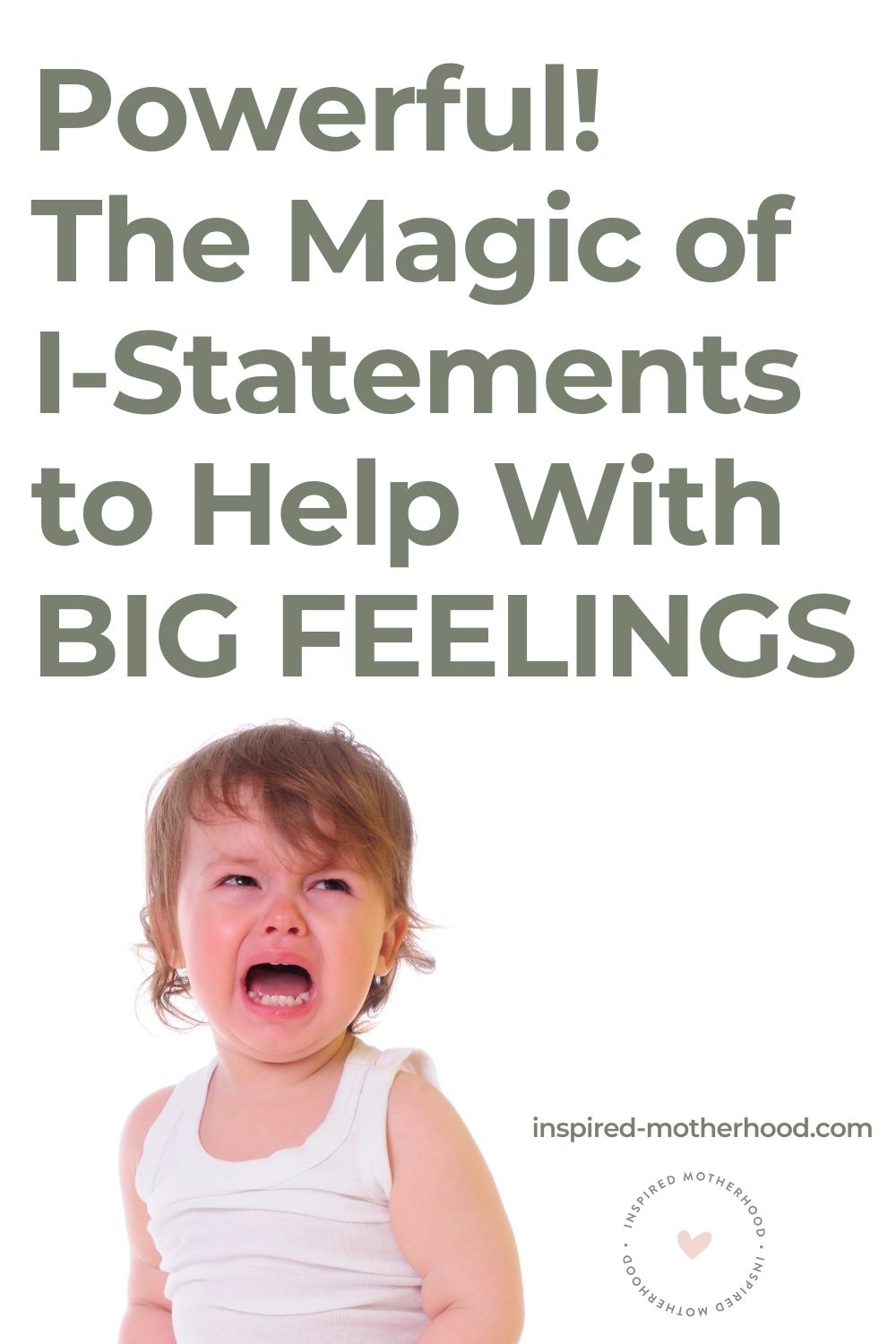
Has this ever happened to you? Your child is UPSET, but they don’t know how to express their feelings without screaming and crying.
It always seems to happen at the most public places in the most inconvenient of times, doesn’t it!?
When I was taking my daughter to preschool I honestly wanted to run and hide! But life must go on and my kids need to learn things won’t always go their way. Life won’t always go according to plan.
How to Help Kids Express Big Feelings
When toddlers feel angry or frustrated their first reaction is to scream, hit, yell or cry. Of course this isn’t the best first reaction for public settings, but it’s important for you to understand this from a developmental perspective.
Please note, if you have a toddler, I highly recommend this strategy for toddler meltdowns! If your kids are older, keep reading.
As kids get older, preschool or elementary age they can start to identify the feelings before an explosion.
Before we get to the strategy, kids need to be able to identify what anger, frustration or annoyance feels like.
You can teach children the skill of feeling identification easily with books! See my top 20 books to teach social emotional skills to young kids.
After kids are able to accurately identify their feelings, they can be taught how to handle these big feelings with the strategy below.
So How Do We Deal With BIG emotions?
We all experience emotions like frustration and anger, but it’s how we handle these big emotions that makes the difference.
As parents it’s our job to guide our kids and model how to express these BIG emotions in appropriate ways. Sometimes this requires patience!
Here is a strategy I used for many years with my elementary students when I worked in the school system as a school psychologist.
Help kids express big feelings by teaching them to use I-Statements!
First, we need to know what an I-Statement is:
What is an I-Statement?
“I feel ____.”
or
“I feel ____ when you ____. Can you please ____?”
There are a few variations to I-statements. It can be as simple as “I don’t like when you take my toy.”
As kids get older it may sound like “I feel frustrated when you take the puzzle pieces I am using to put it all together. Can you please wait until I am done playing with it?” This is a great example of an I-Statement for kids.
So why should you use an I-Statement?
Expressing emotions with an I-statement helps the child get their feelings out in an appropriate manner. If their anger is due to a conflict with a friend or sibling, I-statements help conflict resolution!
The opposite of an I-statement is a you-statement.
Examples of you-statements include you always do whatever you want and you never think about what I want (fill in the blanks: you always ____ and you never _____). Kids who have big emotions often use these types of phrases.
You-statements made when a child is frustrated can escalate the situation quickly. No one likes being ridiculed or harshly criticized.
Instead of criticizing the other person with a you-statement, I-statements teach kids how to express how they feel.
Read more about I-Statements and You-Statements here.
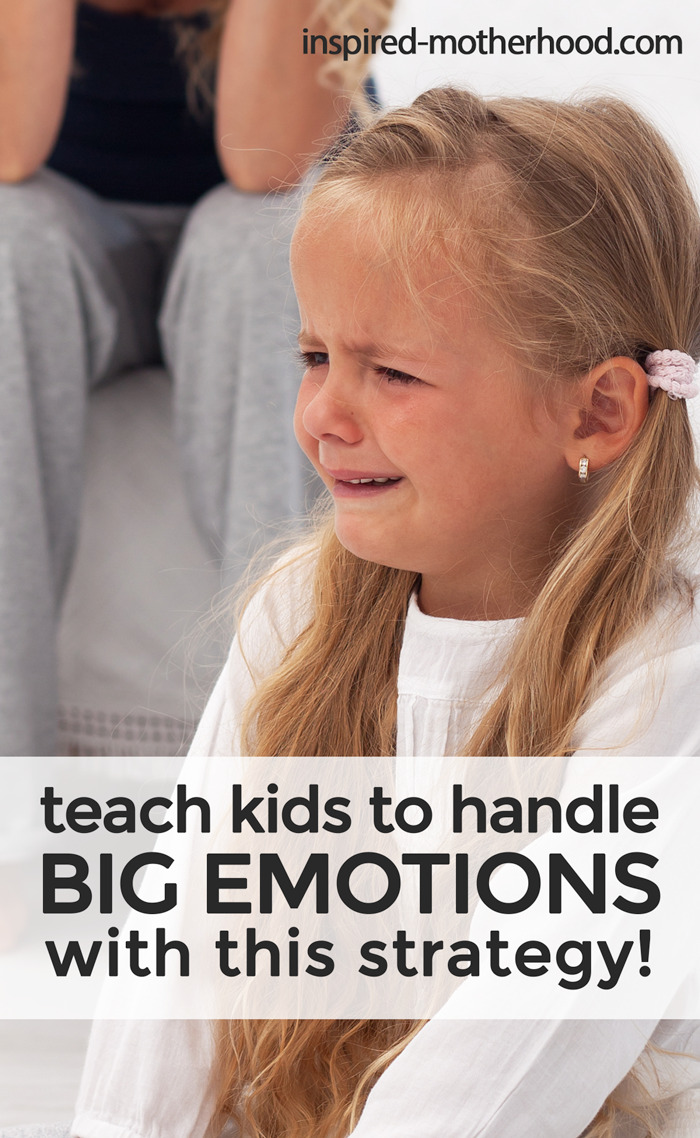
Helping Kids Deal With Big Emotions
It’s not always easy to express your feelings, especially when you are upset. Though the sooner a child learns how to confront an issue and express his or her feelings the easier social communication will become.
IMPORTANT! Expression Doesn’t Mean They Always Get What They Want
Kids also must realize even if they express their frustration using an I-Statement it doesn’t mean they will automatically get their way. Let’s say my child told me “Mommy I’m sad because I wanted to listen to the rest of Mary Poppins.”
I would validate the child’s feelings, but challenge him or her to adapt. Again, life won’t always go his or her way. This is a big life lesson kids needs to learn!
“I know you are upset honey, I’m sorry we couldn’t finish the song. We needed to get your sister into school on time.”
I may even add an enforceable boundary (see more about how to do this here). “If you keep crying when we have to turn the music off, mommy isn’t going to let you listen to it anymore.”
So When Should I Start Teaching This?
You don’t have to wait until your kids are teenagers to teach them this. That’s too late!
Kids benefit from learning social emotional strategies at a young age. They will already have a handle on difficult conversations and emotions for when they get older!
Try implementing I-statements BEFORE the next meltdown. They will learn best if they are calm and in a private setting. Talk about a time they felt frustrated or angry.
“What happened?”
“How did that make you feel?”
“How did you react?”
“What could you do next time?”
“Let’s try to put this into an I-statement.”
Model appropriate I-statements for kids. It may seem awkward at first, but with time it gets easier and feels more natural.
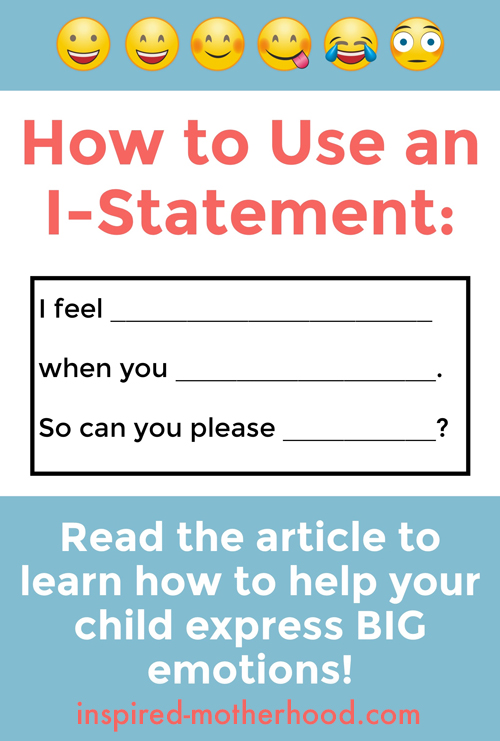
Last Tips on Teaching I-Statements for Kids
Before a child learns to use I-statements they must be able to accurately identify how they are feeling.
Talk about your feelings regularly with your kids, read books focused on social emotional skills or watch a TV program focused on feelings.
Daniel Tiger is a great tool to help reinforce the identification of feelings. After watching the “I’m frustrated” episode a few times, my three year old was able to correctly identify when she felt frustrated!
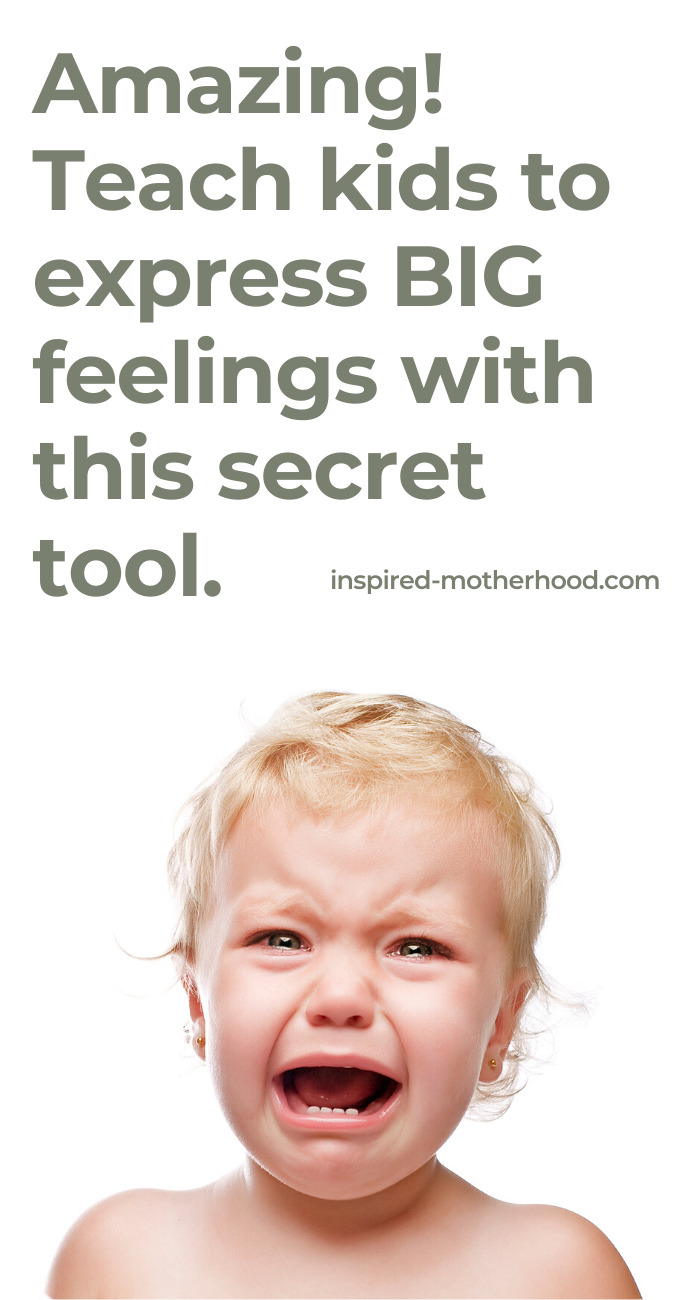
Talk about what you learn after you read a book or watch a show with your child. Then the next time you are about to experience a feeling crisis in public you will have some tools to help your child calm down and express BIG emotions.
Do you have a child with big feelings? How do you handle it?
Have you used I-Statements for kids before? I’d love to hear from you in the comments below.
Follow our Pinterest for more parenting tips and suggestion for how to help kids deal with big feelings.




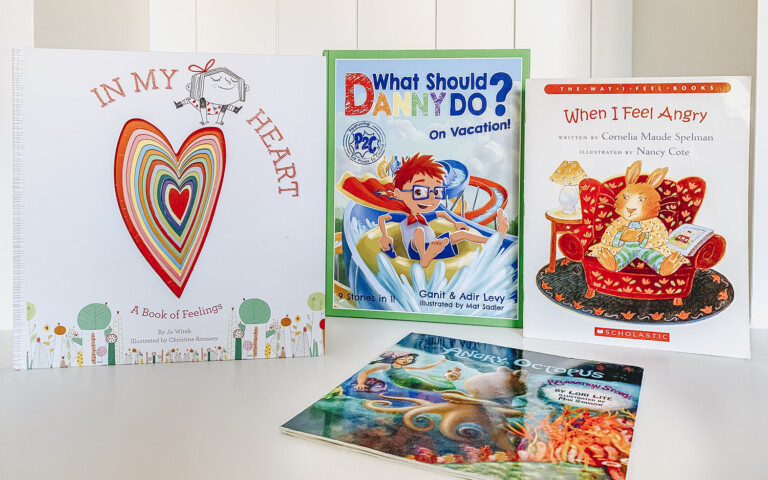
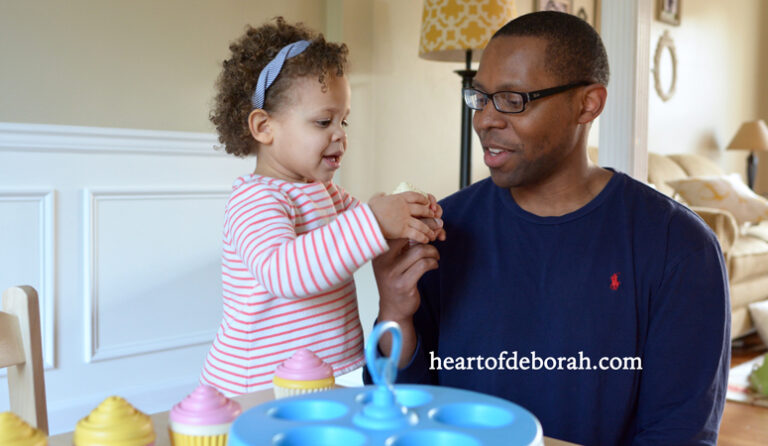

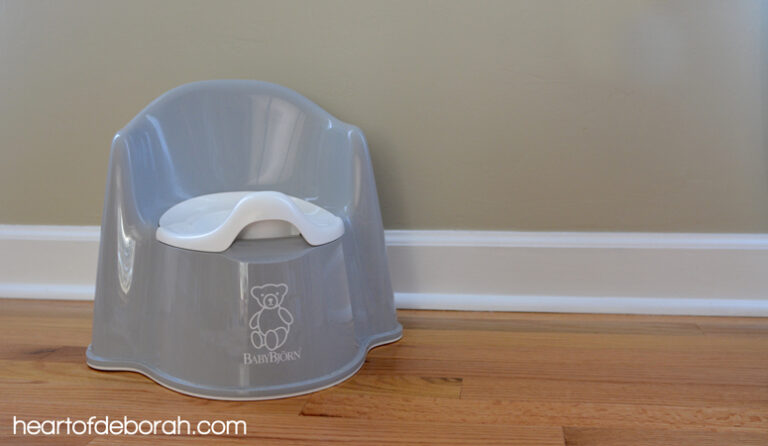
yes you are so right it is more direct and can be solved easier in this manner
come see us at http://shopannies.blogspot.com
I totally agree with you. I always use the I-statement to tell my kids when I’m mad or frustrated and I hear my 5 and 2-year-old kids do the same thing. It makes it easier to handle their emotional tantrums. Thanks for this article
Thanks for the help. I think iam gonna start trying this. My daughter is among one having emotional outbursts frequently.
You’re so right and very important in development. It also takes and helps the parents as well not become as frustrated. When children see and sense the parent is calm it too can help in the situation. This is very important also with special needs children at all levels.
Thanks for putting this out there for parents! I have one very vocal, strong-minded 4 year old who has been melting down a lot since the beautiful child-focused, structured environment of a great preschool switched to an ADHD-poster family, free-wheeling, teen-angst ridden, parental financially and maritally stressed household for the summer. She is definitely reflecting our frustration, anxieties and distractions. She’s not getting enough of the focused attention she needs, so she’s acting out a lot. She is very verbal, however, and it’s a great reminder to help her focus on naming her feelings and talking about them when she’s calmed herself down.
In a parenting class, we were reminded to take time each week to have Special Time with each child, so that we meet their need for positive attention. It lessens their need to act out in order to get our (negative) attention in the first place. I will remind myself and my husband and older kids to do that and see if it helps her balance those BIG FEELINGS better.
How lucky you all are to have children who are verbal. Imagine an Autistic child with really big emotions who has no words.
This isn’t only for children. Works equally as well for adults especially during a disagreement! Softens the blow, gentler way of telling someone what they do that you don’t like without them going into defence mode.